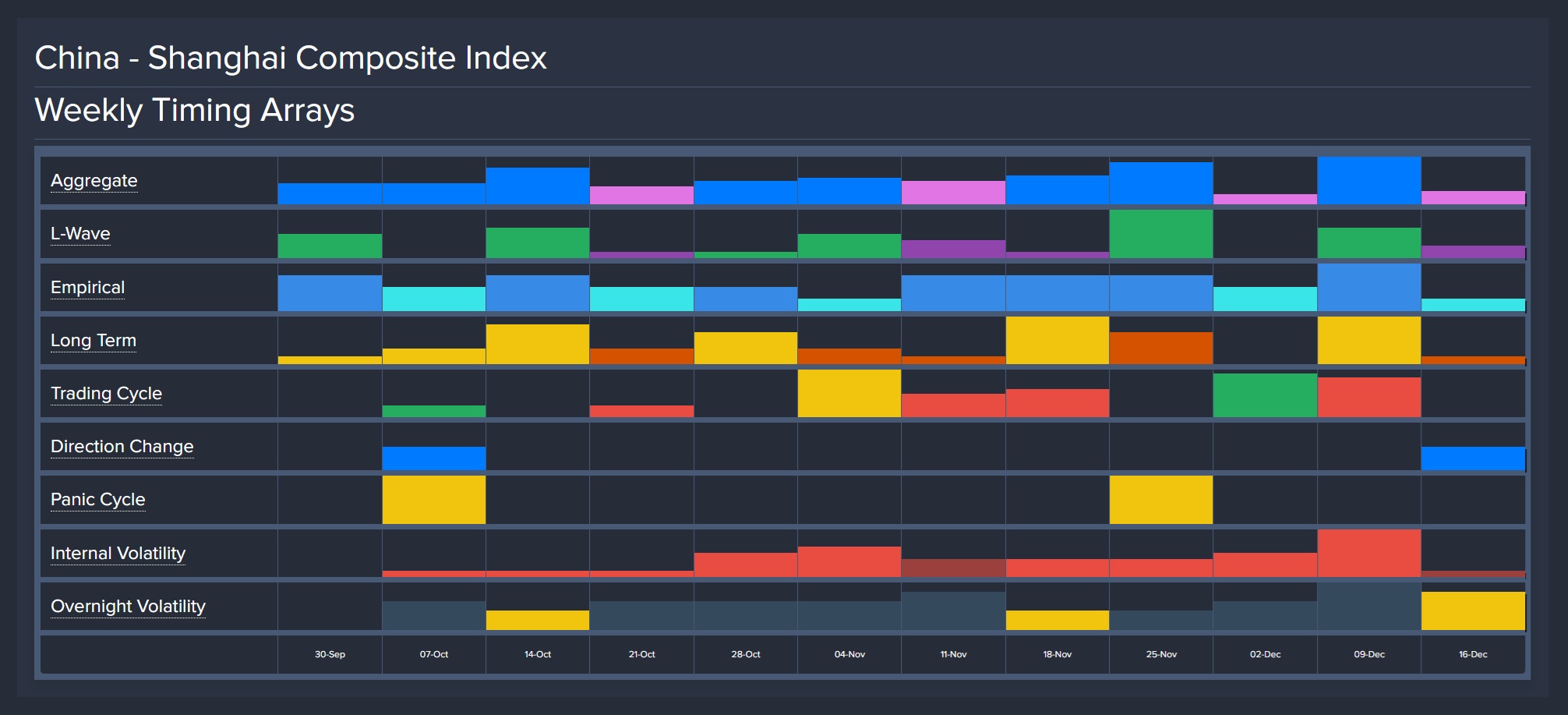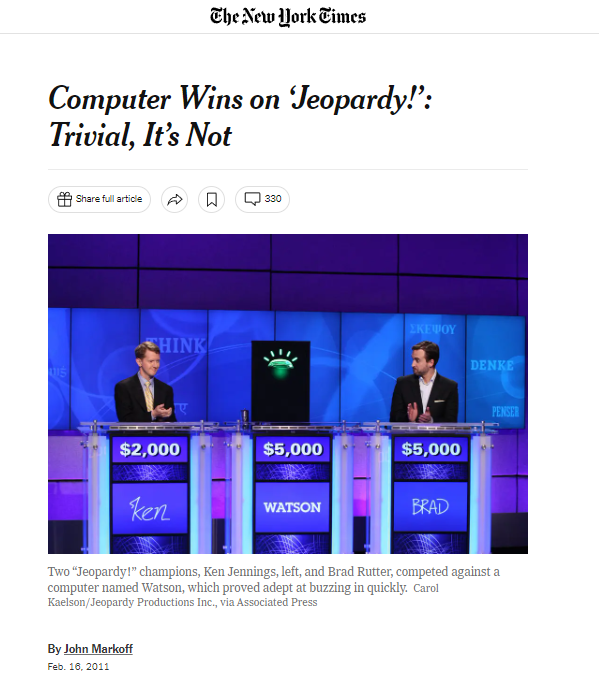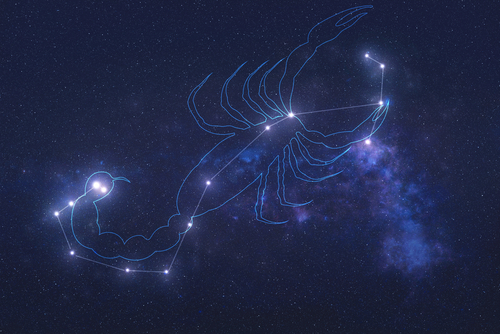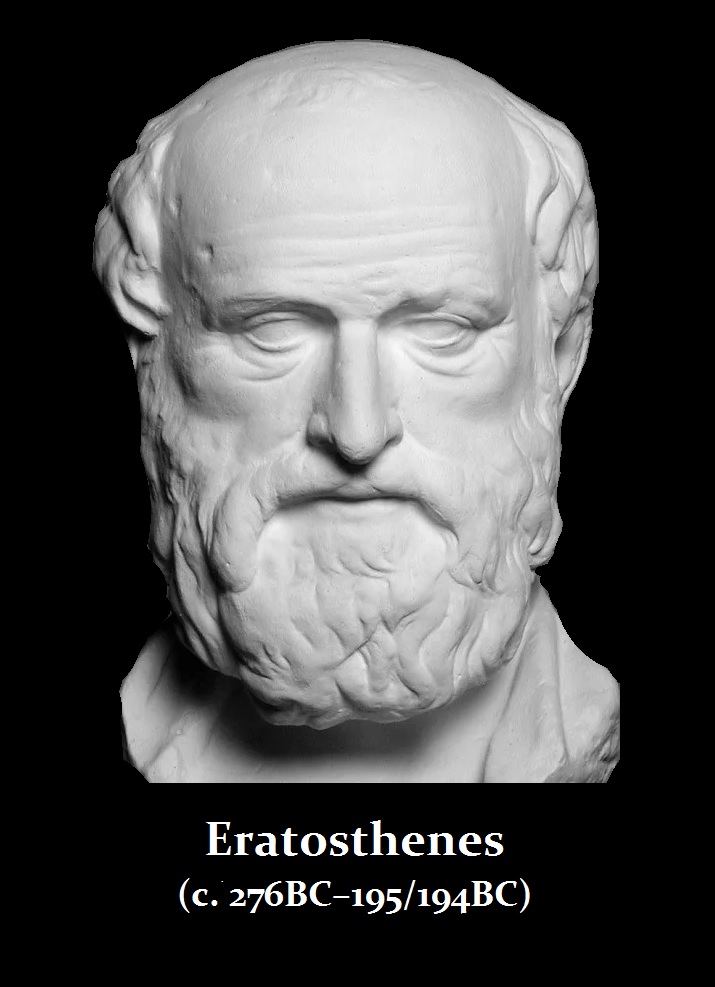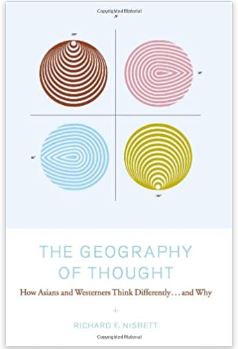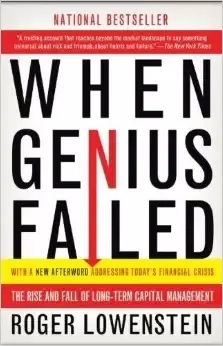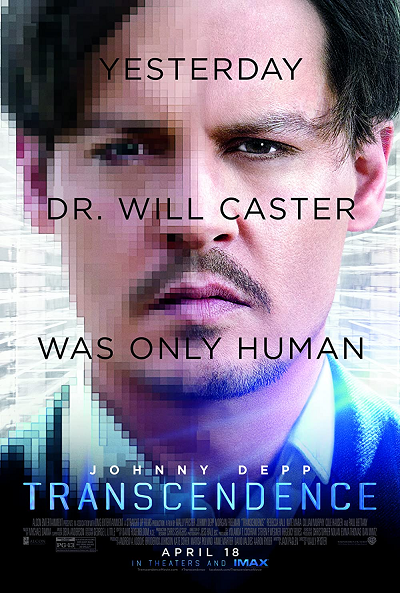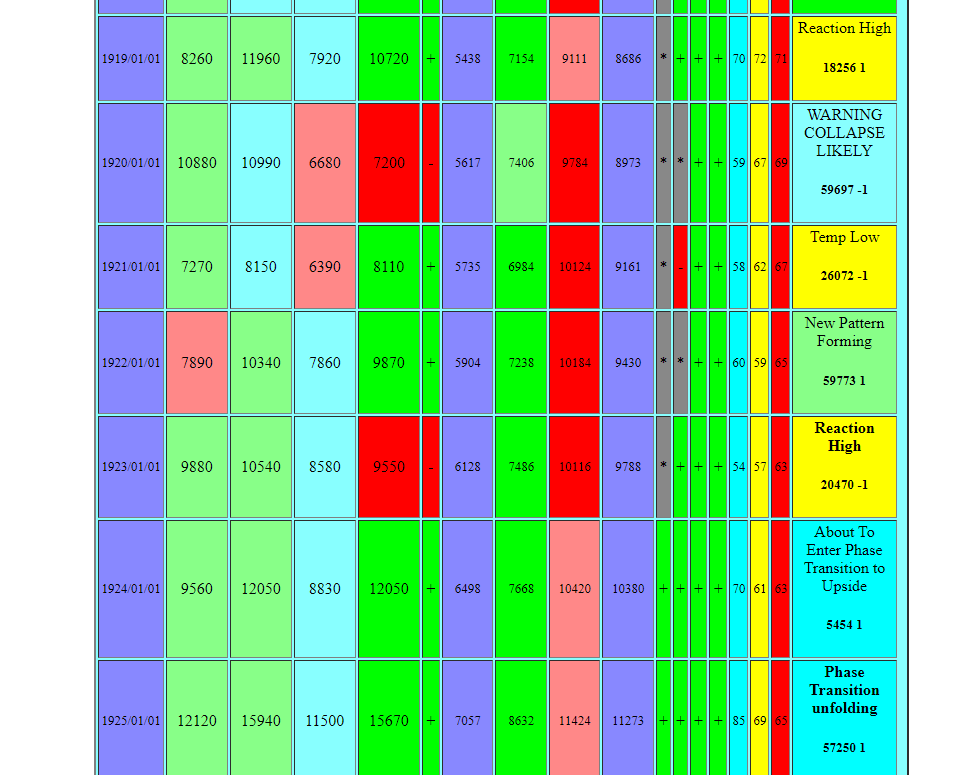Neuromorphic engineering is yet another concept developed back in the late 1980s. Thus, neuromorphic differs from neural networks which are a set of algorithms, modeled loosely on the theory of how the human brain functions. They were designed to recognize patterns such as trying to distinguish between the cat, dog, and a cup of coffee. They attempt to create very large-scale integration (VLSI) systems containing electronic analog circuits to mimic neuro-biological architectures that are present in the nervous system. This neuromorphic is really more hardware-based but also requires a software operating system.
The implementation of neuromorphic computing has raised the theory that perhaps one day we will be able to copy the content of the brain into a synthetic replacement as in the movie “Replicas” and then there is the move by Johnny Deep – Transcendence. The actual key aspect of neuromorphic computing is understanding how the morphology of individual neurons, circuits, applications, and overall architectures create learning and development constituting who we are. I would not consider this a technology that would be able to become a synthetic mind replacement for quite some time, assuming we could ever get to that level of understanding the complexity of the human brain.
What I explain to people about this complexity is perhaps to had dinner with someone and fell in love. You will remember the place, but you mind is recording everything without you directing it to do so. You hear a song that was playing and suddenly your mind recalls that event unintentionally. Or you had ordered oysters for the first time and you see them again years later and your mind accesses that memory. In truth, that memory could be unintentionally accessed by any of the senses. This demonstrates everything is an access path individually or even in combination.
Obviously, Socrates is a hybrid between neuromorphic computing and neural networks. I chose a different path entirely actually creating a synthetic network capable of learning by example and pattern recognition, such as the Global Market Watch, but expressly targeted to global analysis. I input my own analytical abilities and experience into Socrates as far as methodology in how to conduct analysis but no fixed rules like interest rates up stocks down. Socrates has been free to explore the entire world database and return with answers. It has weather, volcanoes, climate, and disease databases. Everything is vital to understanding how things function.
The Global Market Watch is purely pattern recognition where it is identifying patterns and assigning them a number you see with comment for its catalog of market patterns. It has exceeded more than 100,000 patterns, demonstrating the true complexity of market movement based upon a matrix of variables. It has also proven that those patterns observed in wheat are applicable to even individual stocks. This has confirmed that the patterns are human responses to price movement. It has proven beyond a shadow of a doubt that fundamental analysis is not only worthless for its myopic focus on one-dimensional relationships, but the common link is human behavior — not the underlying instrument. We are looking at HOW humans will interact with whatever the instrument might be to establish why history repeats because human nature never changes throughout millennia.
